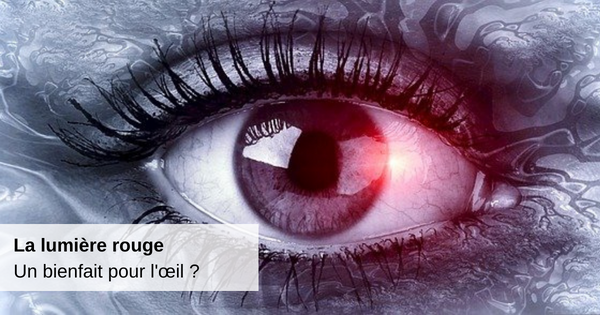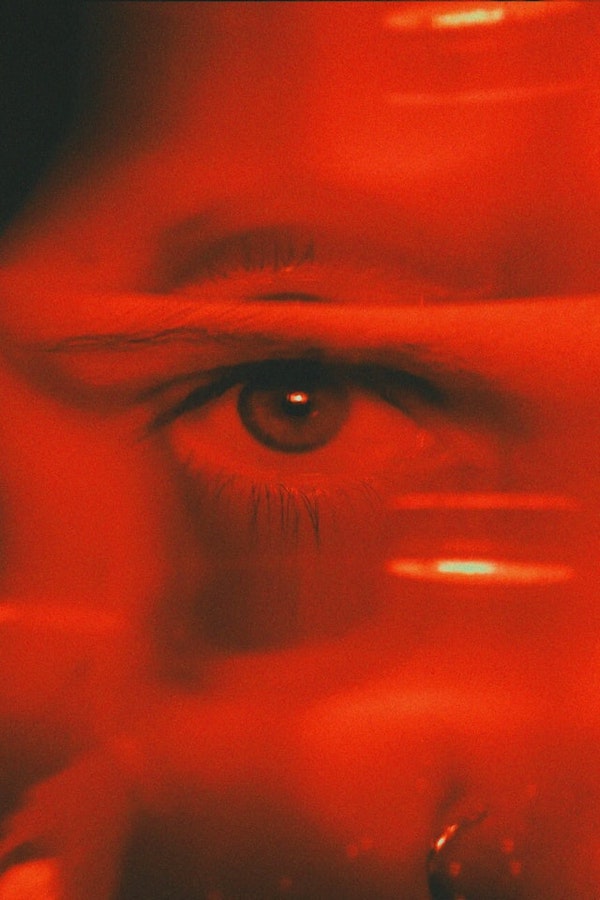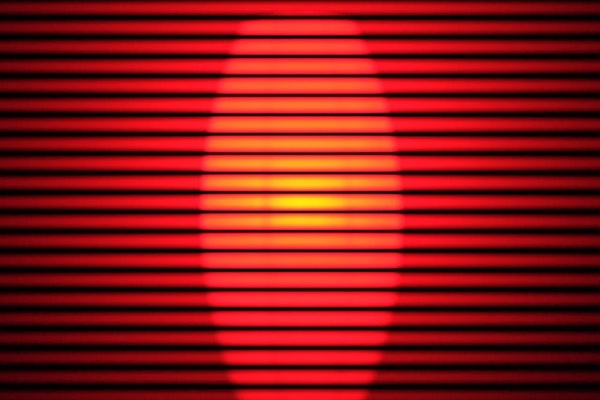Red light: a benefit for the eye?

We often hear about blue light and its harmful effects. In our screen-intensive societies, it has become essential to protect our eyes against this relatively new threat. Anti-blue light equipment has also flourished on the market in the optical sector. But another type of light would this time have benefits for the eye. This is the red light . A recent study highlights this particularity, especially for people over forty. We tried to find out more.
Red light to counter retinal aging
This is a very serious study published in the journal The Journal Of Gerontology. She mentions research from the Ophthalmological Institute of University College London (UCL). Published in June 2020, it presents the approach taken by the researchers, when the so-called "benefits" of LED light were already in the air. The tests were first carried out on animal models: mice, bumblebees or flies. Researchers exposed them to red light at 670 nanometers (nm) and found improved vision.

The experiment was then carried out on human subjects, aged 28 to 72, with no particular vision problems. They were asked to fix, for three minutes a day, a red light at 670 nm, via a small LED torch. Measurements were carried out on each of them before the experiment, then after. The main goal was to observe the effects on the cones (which distinguish the colors) and the rods (night vision and low visibility).
The results are quite astonishing. If the researchers found no improvement or deterioration in patients under 38, it was quite different for the others. Indeed, an improvement "of more than 20% in the discrimination of light contrasts in shades of blue" has been observed, which would determine better operation of the cones. All after just two weeks of study.
Hypotheses but still many questions
While these results are encouraging, they cannot, like any serious study, determine a precise trend. Indeed, other studies will have to be carried out in order to determine whether this improvement is a maximum leveling off or whether it could be even clearer with more extensive and longer treatment. On the other hand, elements still remain to be defined, in particular the impact of red light on other components of the eye, such as the cornea or the lens.
[ caption id="attachment_11979" align="aligncenter" width="600"]  @unsplash[/caption]
@unsplash[/caption]
However, this study tends to encourage scientists' assumptions. This therapy would act by stimulating the mitochondria , a kind of "power plant" inside the cells. Indeed, both cones and rods are particularly rich in mitochondria. As cells age, they lose energy and therefore efficiency. This will explain why this improvement due to red light is only seen in subjects of about forty years and over.
There is still so much to study before defining a red light treatment which could slow down the aging of our cones and rods. Of course, the researchers hastened to warn that it was absolutely not necessary to try to carry out this experiment yourself. But it could open an essential scientific way to try to prevent the aging of certain cells and therefore to prevent certain degenerative diseases.


